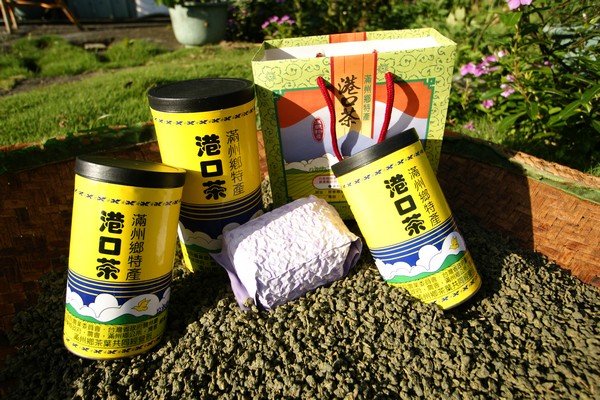Species or Names of the Tea?


Since tea pl ants are Hybrid shrubs, the differences between species are great. Hereby we classify only by the Taiwanese tea plants since there are too many species if we take the tea plants all over China into consideration. The common species in Taiwan include:
- 1.Chin Shin Oolong
- 2.Chin Shin Dapang
- 3.Chin Hsuan Tea (Taiwan Tea 27)
- 4.Jadeite Tea (Taiwan Tea 29)
- 5.Si Ji Chun
Chin Shin Oolong
Chin Shin Oolong is a small leaf late tea which suits very much to make the partially fermented tea. Since it is a widely-planted tea with a long history, it is also known as “Zhong Zi”, “Zhong Tea” or “Soft Branch Oolong.” The Pouchong tea made by Chin Shin Oolong is not only of good quality but also beloved by lots of consumers, and therefore had become the widest-planted tea in Taiwan. One biggest disadvantage of Chin Shin Oolong is its rather weak tree vigor, the tea plants sometimes are easily infected by Shoot Blight and its overall tea production is low.
Chin Shin Dapang
Chin Shin Dapang is a small leaf medium tea plant with a high manufacturing suitability. The common names of it include “Chin Shin” and “Dapang.” The coverage of this tea plant often is the largest in Taiwan since its tree vigor is strong and its production high. Among the sub-types of Chin Shin Dapang, the Taiwan Oolong (Puff Tea) Tea has the best quality; it is often used to make Oolong tea. Recently, the coverage of Chin Shin Dapang had fail to the second place. This tea is mainly cultivated in Tao Yuan, Hsin Chu and Miao Li county.
Chin Hsuan Tea
Chin Hsuan, with the system number 2027, is a new kind of tea which had only been named after 43 years of selective breeding in 1981. The Pouchong Tea made by this tea plant contains a unique fragrance and is therefore very popular among the tea lovers. This early tea, strong, highly productive, and suitable for harvesting by the machine; these factors are all good for planting and they gradually help Chin Hsuan to stably broaden its coverage. Moreover, Chin Hsuan has a strong tree vigor and can adapt to the environment easily, it is planted all over Taiwan.
Jadeite Tea
Jadeite Tea, with the system number 2029, was cultivated through the selective breeding at the same time with Taiwan Tea 12. Since this tea grows sparsely, the production lower than Taiwan Tea 12 and is hard to be harvested by machine, it is not widely planted in the earlier years. Nevertheless, with its wonderful taste and strong flower-like fragrance, it is getting more and more welcomed today.
Si Ji Chun
Si Ji Chun is a tea selected by the tea farmers in Muzha region. It is of the small leaf type, extremely early sample of Pouchong Tea. Since the tipping period of Si Ji Chun occurs very early and the harvest season lasts long, the tea leaves of this spring tea contains a unique fragrance.
Where is Black Tea and Green Tea?


After introducing so many species of tea, do you wonder where the most common ones—black tea and green tea—are? In fact, the black tea, green tea and even Pouchong tea are not the official species of tea, but the names given according to the tea’s fermented degree. If you still remember the tea-making process we mentioned (click here to refresh your memory,)we have explained about the fermentation. For those un-fermented ones, we usually call them “green tea,” the full-fermented ones are “black tea.” According to this rule, the green tea made by tea plants of the Oolong species would be named “Oolong Green Tea.” Now can you tell the difference between the species and the common names of tea?
Which species is the Port Tea?


In fact, Port Tea doesn’t belong to any of the species above. If you still remember the part we explained the origin of its name,(click here to refresh your memory),you probably could answer this: where did Mr.Chen-Huai Chu find the tea plants and transplanted them in Manjhou Township? Wuyi Mountain in Fujian is the answer. Therefore, the orthodox Port Tea is made of the Wuyi-cultivated tea plants. Its fermented degree is about the same as Pouchong Tea. Since the cultivated region of Port Tea is special, the tea was named after the name of the region—. Port Tea



